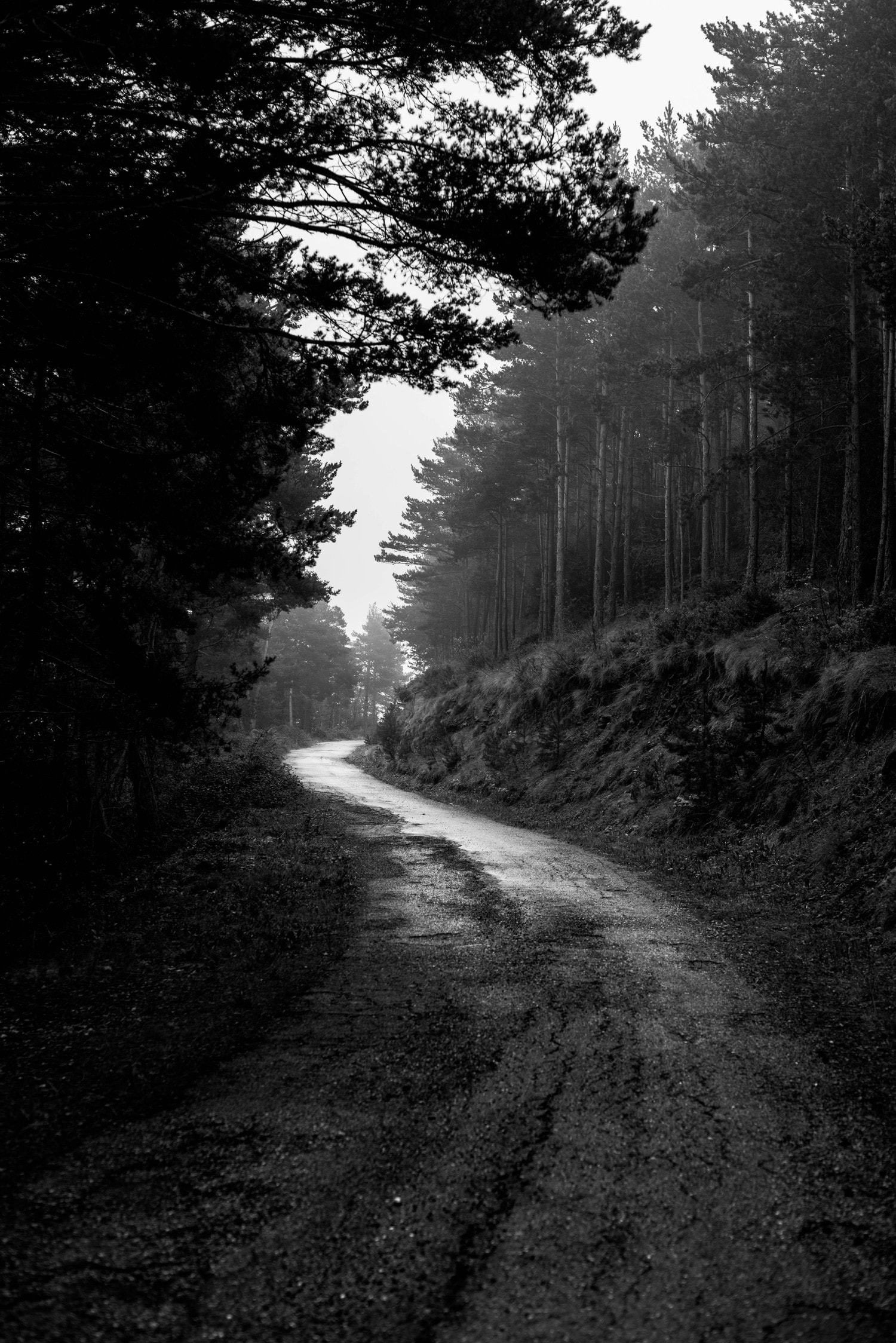If you are one of those who watch the rain lazily from the sofa, who would never think of going out with an umbrella and camera in hand to take pictures of a rainy day for fear of damaging the equipment, or out of pure laziness, if you are one of those who leave to ski but it doesn't even occur to them to take the camera out of the case, the kind of people who make a face when the sun isn't shining, or they find the sky without a cloud... If you're one of those who call bad weather bad weather , I invite you to continue reading and join me in the following lines. I hope to show you what the title says, that in bad weather, good photos, and that there are no excuses for not photographing every day, with every light, with every landscape, context and situation. You can always, always, and sometimes the more unfavorable everything seems to us, the better results we have. Squeeze our brains and break the photographic routine is what it has ?
RAIN
When it rains, the light changes radically, creating a totally different atmosphere from what we usually see. The rain from home, from the street or in the middle of a landscape is a unique opportunity to get out of the ordinary and let yourself be carried away by inspiration. Here are a few ideas for shooting in the rain, to which I hope you will add many more of your own ?
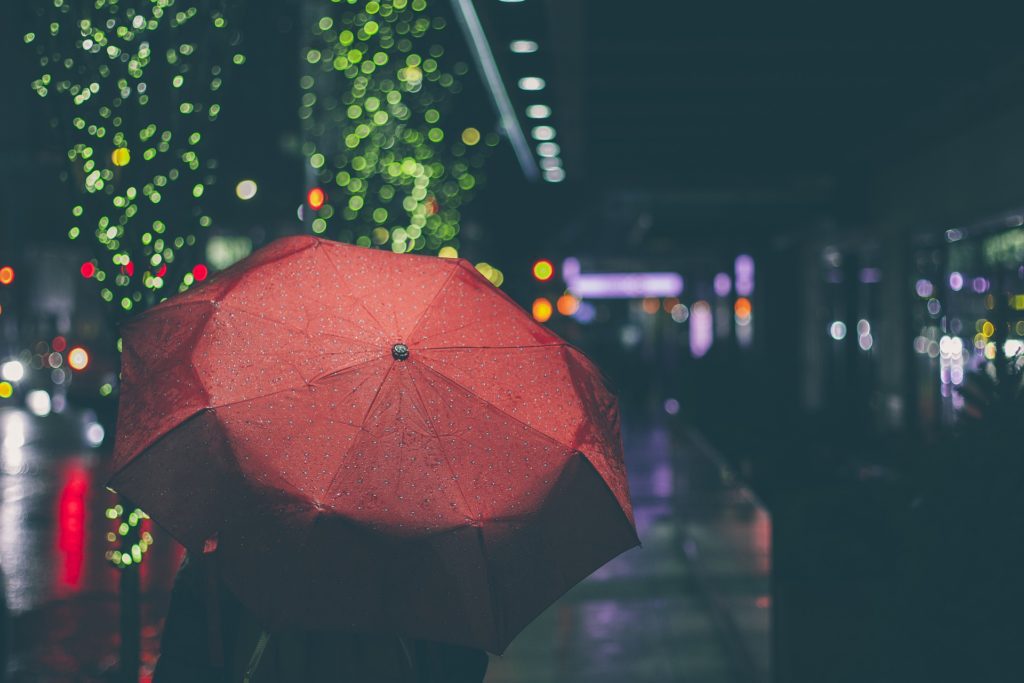
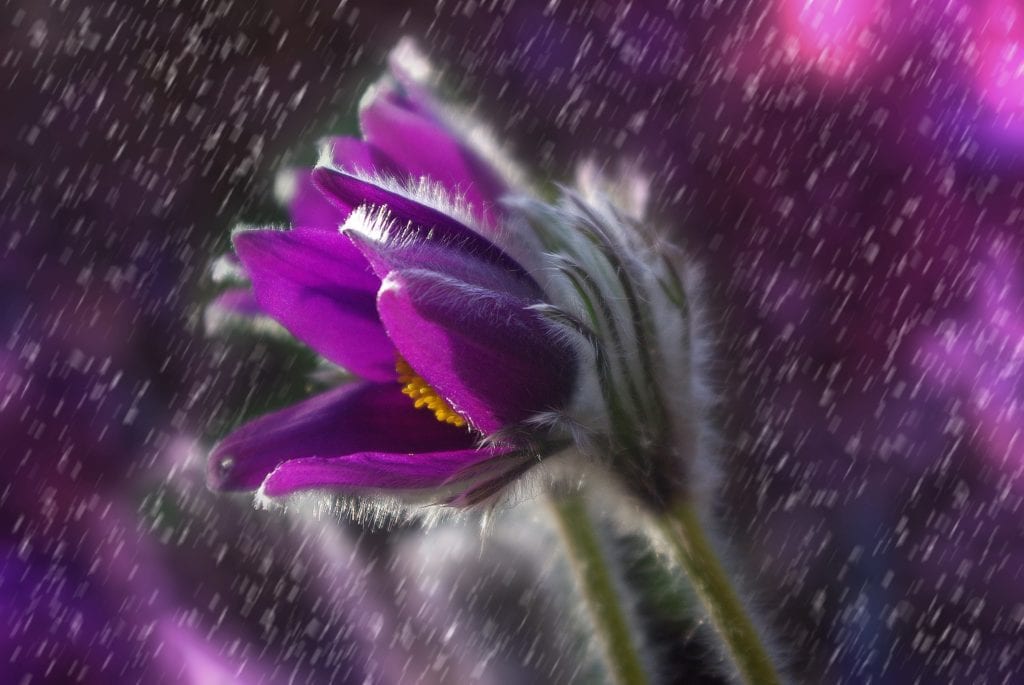
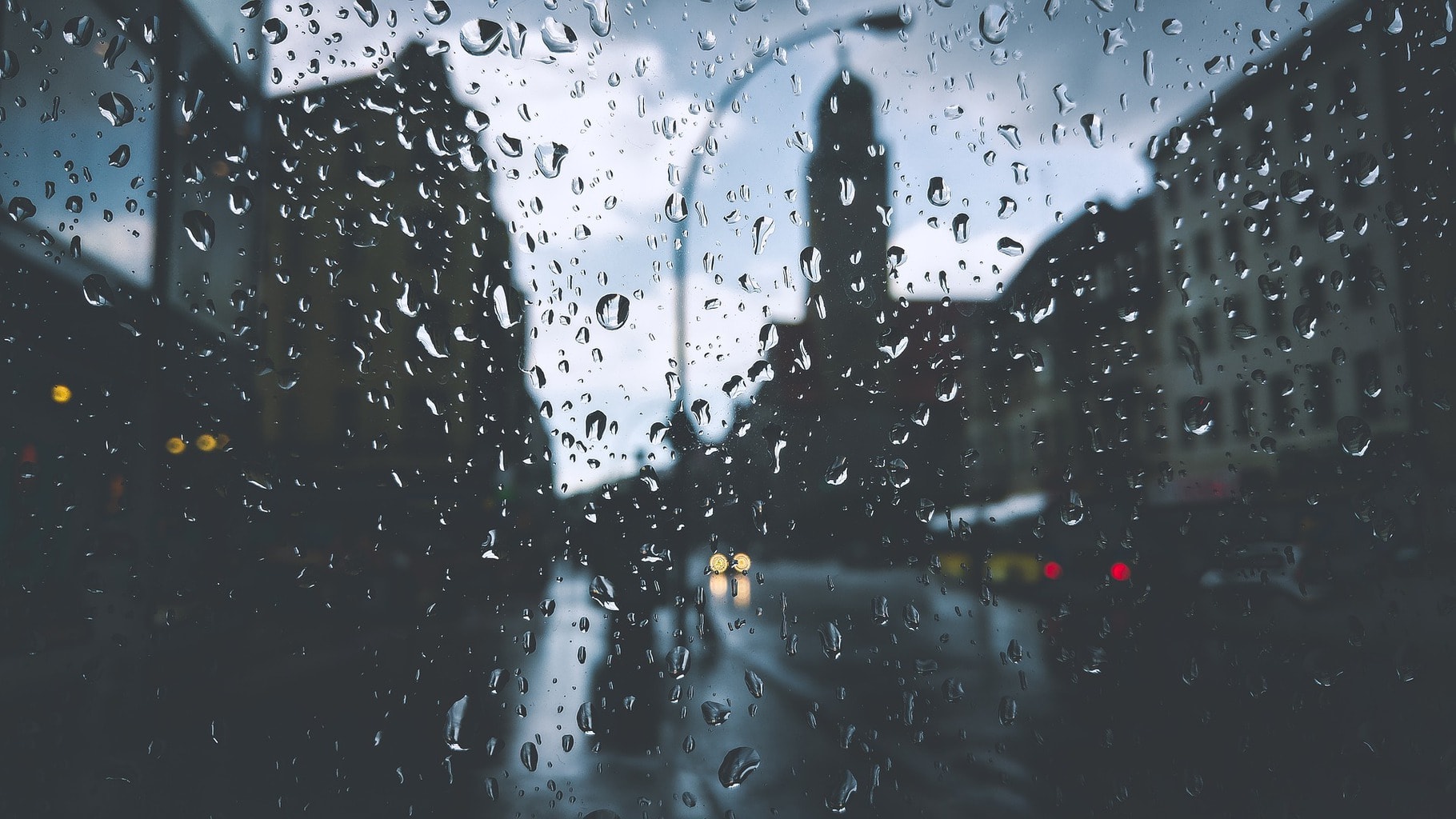
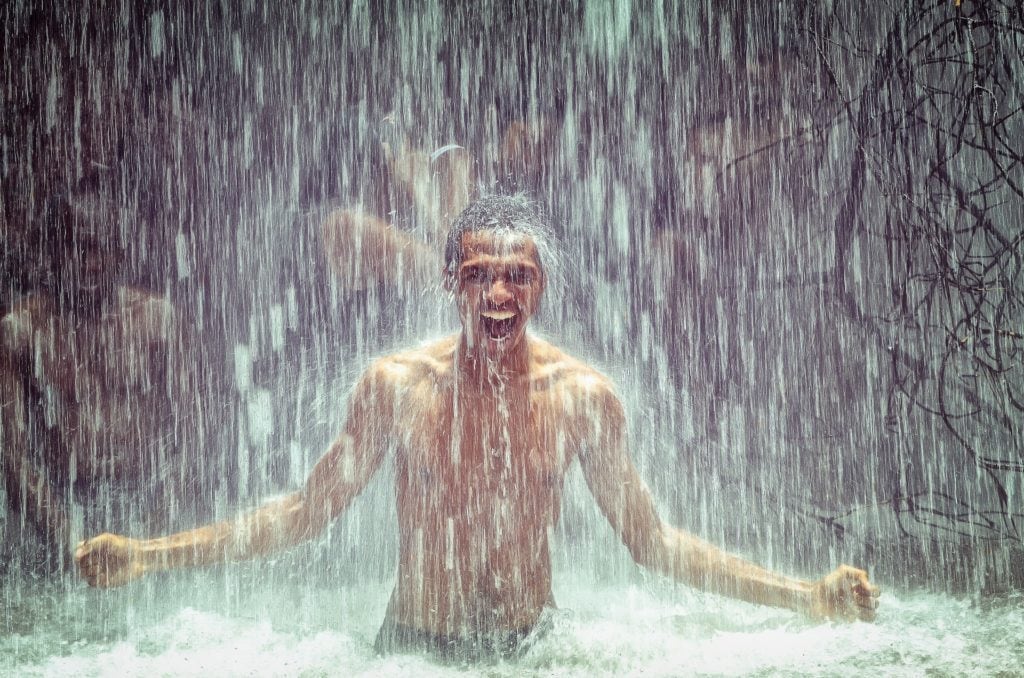
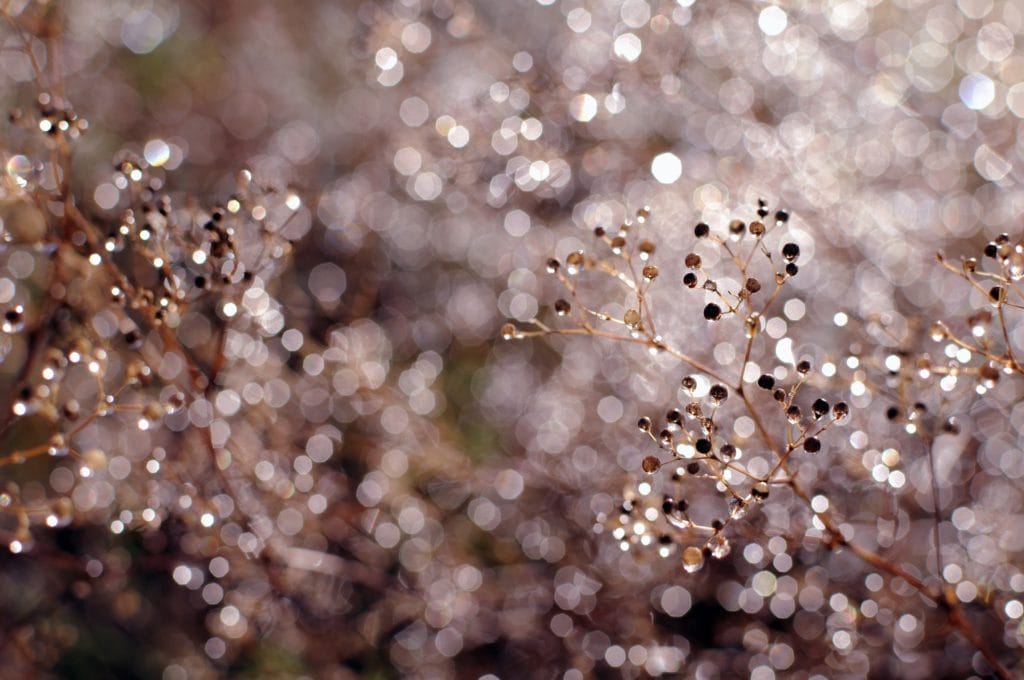
THROUGH THE GLASS
Drops of water slipping melancholically down the glass, with a city out of focus in the background, or a portrait behind the glass, or a reflection, or a landscape... Whatever comes to mind, put no limits to your creativity. Let yourself go and shoot, shoot, shoot, you always have time to delete later.
REFLEXES
The wet soil of the cities suddenly becomes a great mirror of the lights, of the pedestrians, of the illuminated buildings. Just like the puddles on the ground where you can reflect the most varied protagonists, giving an extra touch of originality to your images.
SHUTTER SPEED
This is a good time to start practicing with the different shutter speeds. Are you interested in freezing the drops that fall intensely? Then try to work with high speeds (above, for example, 1/250s. Are you interested in showing the movement of water when falling? Then work with slower speeds (1/15s or less). Do the tests you consider necessary before give up, since all this will depend on the light and the context.
THE LIGHT
We don't always have a leaden gray sky above us. There are times when we have those crazy storms with blue skies and menacingly dark shadows that leave magical moments, with unparalleled light. I don't know if it will have an official name, I call it “storm light”, you know, the one that takes your breath away, surely you've seen it thousands of times and it never tires you ?
Likewise, take advantage of everything that attracts attention, the rays of light that slip through the clouds, the lights of the city, the headlights of the cars or the same dim and compact light of an overcast sky.
COLOR AND COMPOSITION
Brightly colored umbrellas, bright yellow wellies, and other elements to protect us from the rain accompanied by a suggestive composition, can give you very interesting results. Remember to take a look at the composition rules if you have forgotten them, or break them if you consider it necessary ?
BLACK AND WHITE
Melancholy and formalism go hand in hand with gray rainy settings, so black and white , the highest representative of both, could not be missing from our selection of tips ?
RAINBOW
Beautiful, rare to see, and an opportunity not to be missed to photograph in your post-rainy settings.
RAY
They are a classic of big storms, although you have to be very careful, of course. Do you think it is too complicated for you? Nothing of that, Mario, he denies it and tells you how to do it in 12 easy steps, here ?
MACRO PHOTOGRAPHY
Macro photography has something magical that completely captivates us, and the scenes left by the rain are perfect for putting our skills as tiny photographers into practice ? Drops of water on the leaves, on the petals of a flower, on the grass … They are fantastic scenarios to obtain wonderful images.
THE SKY AS THE PROTAGONIST
Cloud formations, overcast skies through which beams of light slip through, dark clouds presaging the coming storm... Always remember to look up from your feet and analyze how photogenic the sky is at that moment to help you highlight your compositions or even as the absolute protagonist of your image.
FOG
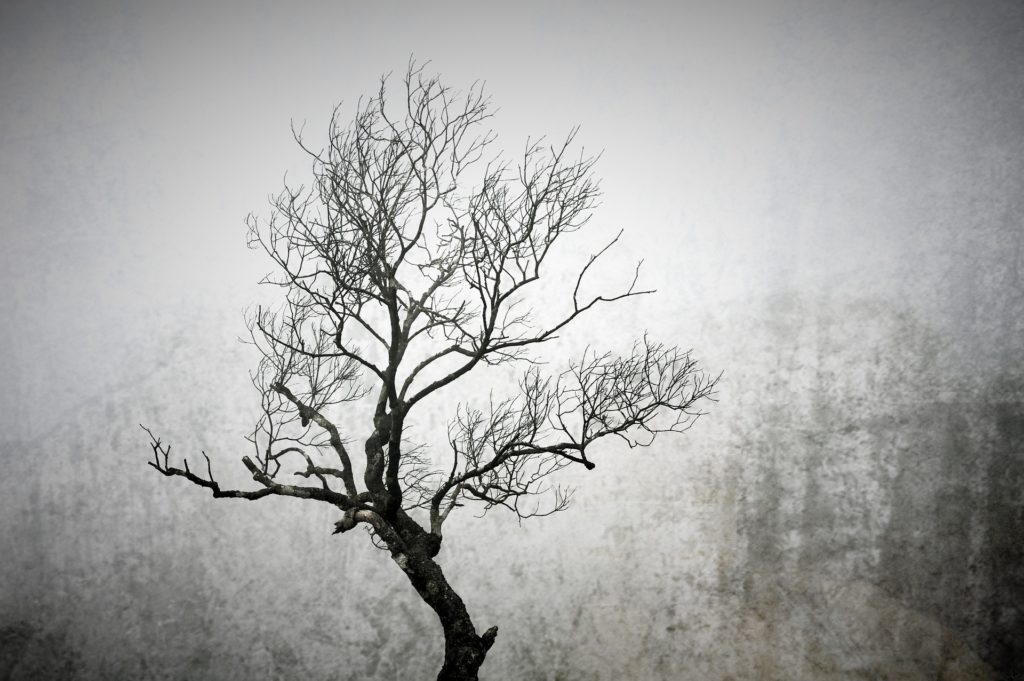
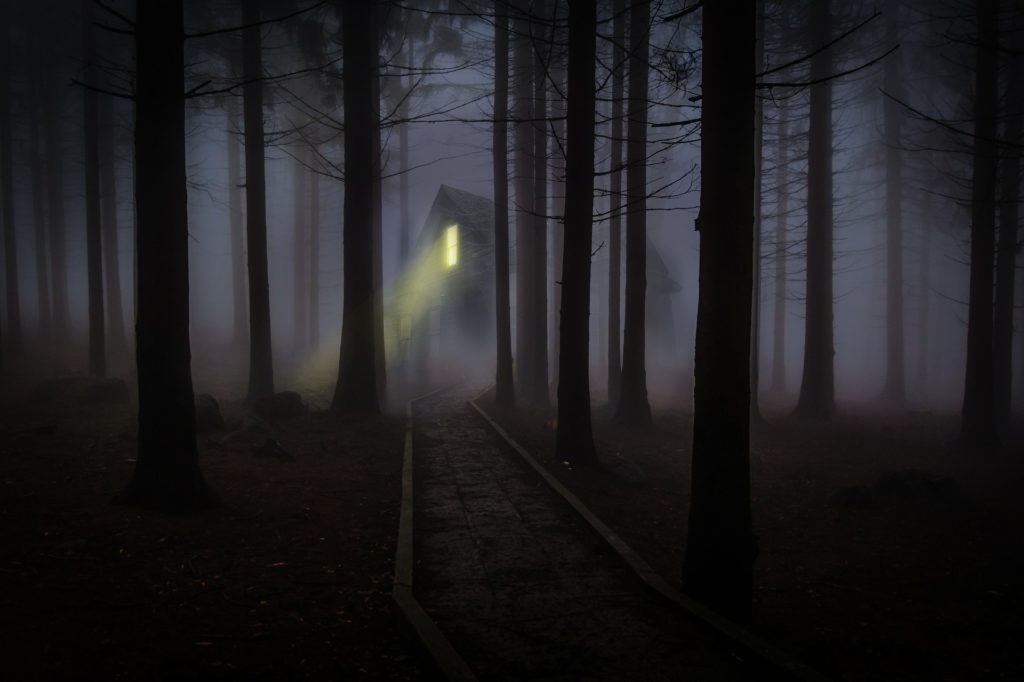
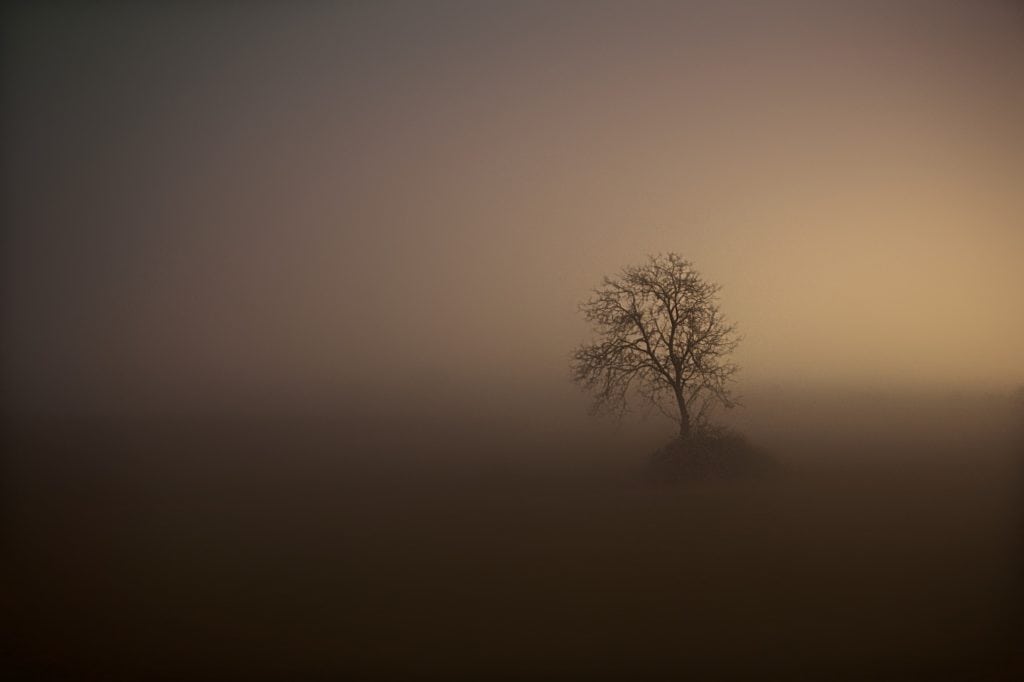
I don't know if it's because I rarely see it around me, but the fog is a phenomenon that really captivates me. I am fascinated by its mystery, its stillness, the soft and diffuse light that it generates, wow, everything fascinates me ?
THE LIGHT
The light is diffused due to the water particles that scatter it in all directions. This results in low contrast in the scene, few or no shadows, and less saturated colors.
NATURAL LANDSCAPES
If you are lucky (yes, lucky ? ) to find yourself in the middle of a natural area surrounded by fog, don't miss out on the opportunity to photograph it. Paths with a mysterious ending, trees that are lost in the fog, mysterious silhouettes... The fog creates an atmosphere that no other atmospheric phenomenon is capable of emulating.
URBAN LANDSCAPES
Cities allow us to work with human elements or man-made elements such as lights, streetlights, car headlights, empty park benches, swings... A lot of elements that can help us as symbols to convey our idea or feeling.
SLOW SPEEDS
If you are one of those who always has a tripod with you, you cannot miss the opportunity to use it when you are in front of a hazy landscape, so you can experiment and play with slow speeds to accentuate its texture.
SNOW
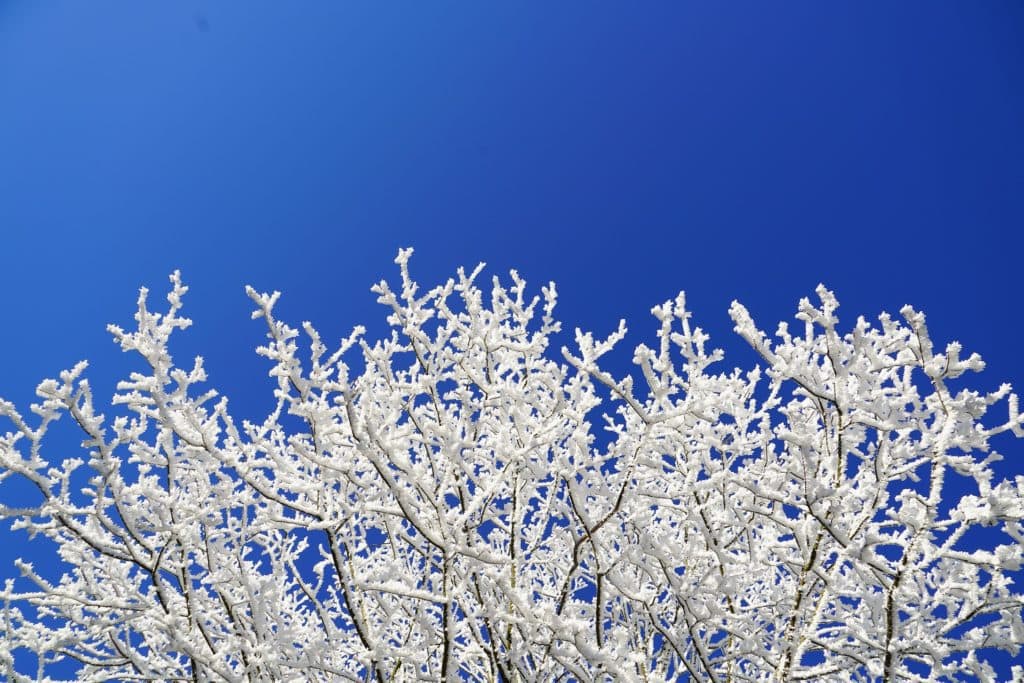
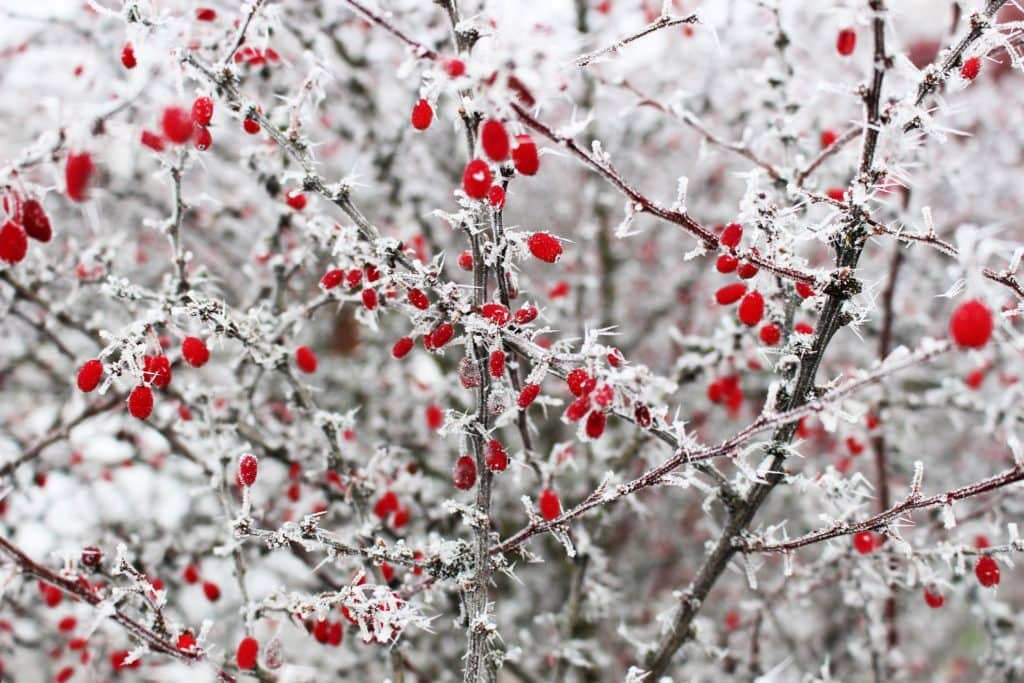
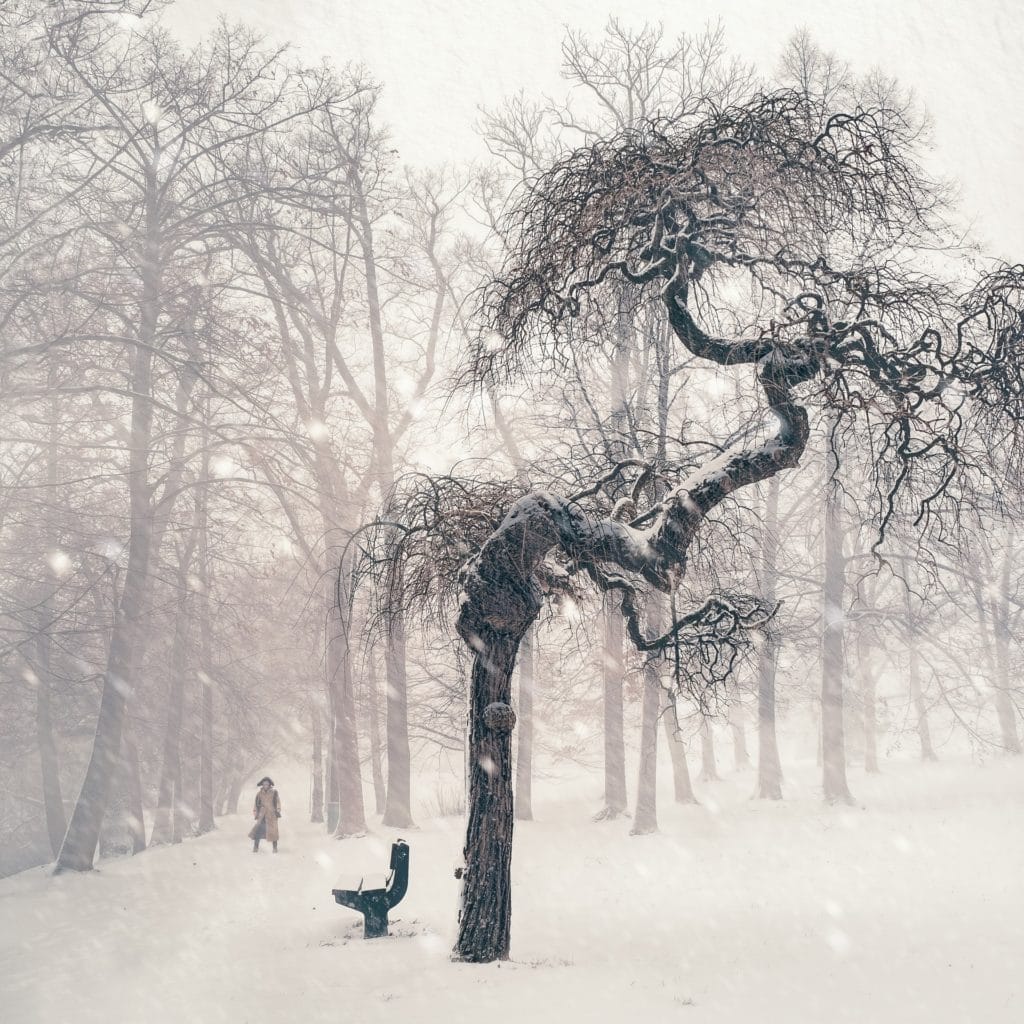
Another scenario where you can unleash your creativity is the snow.
SETTINGS FOR PHOTOGRAPHY IN SNOWY SETTINGS
I don't know if it will sound familiar to you that there are certain scenes that deceive our light meter. Well, whether it sounds like it or not, take note because snow is one of those scenarios in which, indeed, the measurements offered by the photometer are not entirely accurate and, if we follow it to the letter, we will not be able to get the snow appears white but grey . To avoid this, you must compensate the exposure between one and two stops to overexpose the image, since in snowy landscapes, the light meter thinks that there is more light than there really is. Once you've overexposed the image, check the histogram to see that you've gotten the correct exposure.
FOOTPRINTS IN THE SNOW
Lonely footprints in the snow receding across the frame can be an evocative image combined with good composition or photogenic scenery.
MINIMALISM
The minimalist compositions that offer us certain elements of the winter landscape can provide you with interesting images. Lonely trees that rise up in the middle of a snowy landscape, a fence that juts out into the landscape, some snowflakes... Remember the importance of paying attention to the small details that surround us at all times.
THE HUMAN FIGURE
It's not always necessary, of course, but it's a way to add interest to our compositions. We have already commented more than once how we human beings are naturally attracted to the human element. Not in vain are we a more or less sociable being ? So introducing it to our images will enhance its interest. It can also be very useful to convey the sensation of scale if you are photographing a wide snowy landscape.
COLORS
The white of the snow with certain elements such as berries, fruits, flowers, or other colorful elements, can be an image that works wonderfully due to the contrast that white generates with the saturated colors of nature.
EQUIPMENT CARE
Bad weather requires that you pay special attention to the care of your equipment, not only do you have to avoid getting it wet, but you also have to avoid subjecting it to sudden changes in temperature . That is, it is best to gradually get used to the heat once we have exposed it to the cold. You can do it, for example, by storing the equipment in the trunk of the car before putting it inside the vehicle with the heating on full, keeping it in the cover before entering a hot place... Whatever you can think of to avoid this change as much as possible drastic temperature that can cause the windows to fog up .
How about? Looking forward to bad weather to go hunting for wonderful images? ? I assure you that the effort will be worth it, the satisfaction that a good image achieved with effort gives is something that is reserved for those who dare to look for something different, to make an effort, to work. Only you, brave photographer or photographer know the satisfaction that is achieved when you obtain a wonderful image where chance does not exist in any of its aspects. I hope this article has been to your liking. If so, please help us reach more people who might be interested by sharing it on Facebook, Twitter or Google+.

